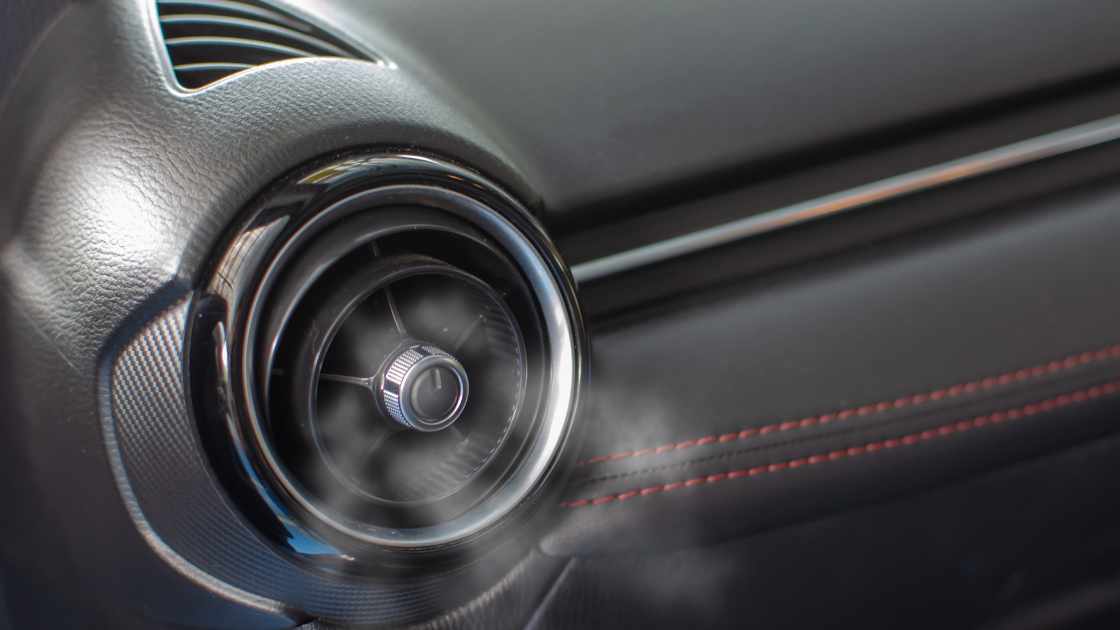Coil springs play a vital role in supporting a vehicle’s weight, absorbing shocks, and maintaining stability. As a car owner, it’s natural to wonder how long these crucial components will last before requiring replacement. In this article, we delve into the topic of coil spring lifespan, debunking myths, discussing factors affecting longevity, and providing practical maintenance tips. Get ready to unravel the mystery of coil springs!
Understanding Coil Springs
Coil springs are mechanical devices made of high-strength steel, designed to absorb and store energy when compressed. They are a fundamental part of a vehicle’s suspension system, supporting the weight of the car and providing a smoother ride by absorbing road imperfections.
Factors Affecting Coil Spring Lifespan
Several factors influence the lifespan of coil springs, including:
Material Quality: The quality of the steel used in manufacturing the coil springs significantly affects their durability. Higher-quality steel tends to have better resistance against wear and corrosion, leading to longer-lasting springs.
Driving Conditions: Coil springs endure constant stress while driving, and harsh road conditions can accelerate wear and tear. Rough terrains, potholes, and frequent off-road driving can all contribute to a shorter lifespan.
Vehicle Maintenance: Proper maintenance, including regular inspections and addressing suspension-related issues promptly, plays a crucial role in extending the lifespan of coil springs. Neglecting maintenance can lead to premature wear and failure.
Average Lifespan of Coil Springs
The lifespan of coil springs varies depending on the factors mentioned above, as well as the individual driving habits and the vehicle’s weight. On average, coil springs can last anywhere from 50,000 to 100,000 miles (80,000 to 160,000 kilometers). However, it’s important to note that this is an estimate, and actual lifespan can vary significantly.
Signs of Worn-out Coil Springs
Identifying worn-out coil springs is essential for your safety and ride quality. Look out for the following signs that indicate it may be time for replacement:
Uneven Ride Height: If you notice that your vehicle sits unevenly or leans to one side, it could be a sign of worn-out coil springs.
Excessive Bouncing: If your car bounces excessively after going over bumps or dips, it may indicate weakened coil springs.
Sagging Suspension: A sagging suspension is another indication of coil spring wear. This can cause the vehicle to sag or bottom out, negatively impacting handling and stability.
Noise and Rough Ride: Clunking or creaking sounds when going over bumps, coupled with a rough and uncomfortable ride, may suggest worn-out coil springs.
Maintenance Tips to Extend Coil Spring Lifespan
To maximize the lifespan of your coil springs, consider the following maintenance tips:
Regular Inspections: Have your suspension system, including the coil springs, inspected by a qualified mechanic at regular intervals. Early detection of issues can prevent further damage.
Address Suspension Problems: If you notice any signs of worn-out coil springs or suspension issues, get them addressed promptly to avoid additional strain on the springs.
Avoid Overloading: Avoid exceeding the maximum weight capacity recommended by the vehicle manufacturer. Overloading can strain the coil springs and accelerate their wear.
Drive Cautiously: Practice defensive driving techniques and avoid rough driving over potholes or speed bumps to reduce stress on the suspension system.
FAQs
How long do coil springs typically last?
The lifespan of coil springs can vary depending on various factors such as material quality, driving conditions, vehicle maintenance, and individual driving habits. On average, coil springs can last between 50,000 to 100,000 miles (80,000 to 160,000 kilometers). However, it’s important to note that this is an estimate, and actual lifespan can vary significantly.
What are the signs that indicate worn-out coil springs?
There are several signs that suggest worn-out coil springs. These include an uneven ride height, excessive bouncing or bouncing after going over bumps, sagging suspension causing the vehicle to bottom out, and noise such as clunking or creaking sounds when going over bumps. A rough and uncomfortable ride can also indicate potential coil spring wear.
How can I maximize the lifespan of my coil springs?
To extend the lifespan of coil springs, it’s crucial to follow proper maintenance practices. Regular inspections of the suspension system, including the coil springs, by a qualified mechanic can help detect issues early on. Address suspension problems promptly to prevent further strain on the springs. Additionally, avoid overloading your vehicle beyond the recommended weight capacity, practice cautious driving to minimize stress on the suspension system, and avoid rough driving over potholes or speed bumps. Following these maintenance tips can help maximize the longevity of your coil springs.
Conclusion
Coil springs are essential components of a vehicle’s suspension system, providing stability, support, and a comfortable ride. While their lifespan can vary based on several factors, routine maintenance, prompt repairs, and careful driving can significantly extend their durability. By staying vigilant and addressing signs of wear, you can ensure your coil springs last longer, keeping your car’s suspension in optimal condition for miles to come.

Nigel Manshell is a writer and commentator who has dedicated his career to celebrating the best car racers in the world. Based in the USA, he has a vast knowledge of the industry, from the drivers to the engineers to the cars themselves. His work is renowned for its accuracy and depth, and his passion for the sport shines through in every piece. Whether he is analyzing the latest racing strategies or profiling rising stars, Nigel’s writing is a must-read for anyone with an interest in car racing.





